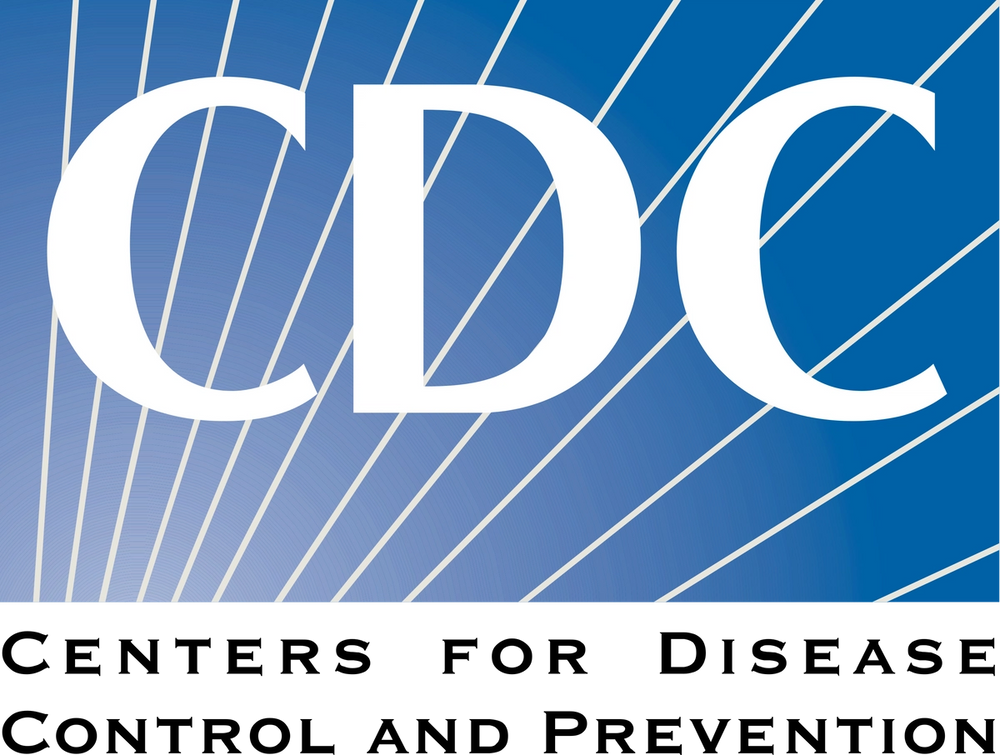A Study of HIV and STIs Among People With Monkeypox

Today, the US Centers for Disease Control and Prevention (CDC) published an investigation into the prevalence of sexually transmitted infections (STIs) among people who contract the monkeypox virus.
In their Morbidity and Mortality Weekly Report (MMWR), CDC investigators noted that a significant proportion of people infected during the current global monkeypox outbreak were coinfected with HIV and other STIs. The outbreak has most affected gay, bisexual, and other men who have sex with men (MSM).
After compiling surveillance data from 8 US jurisdictions, the investigators examined HIV and STI diagnoses among 1969 persons who contracted monkeypox from May 17-July 22, 2022.
The findings showed HIV prevalence was 38% among people infected with monkeypox, with 41% having been diagnosed with 1 or more other STIs during the previous year. The study authors suggested this is evidence that reported monkeypox cases are occurring among people who recently utilized sexual health services.
Of the people diagnosed with monkeypox and HIV, 94% had received HIV treatment in the year prior, higher than the 74% of all people living with HIV and receiving care. Among the coinfected, 82% had achieved HIV viral suppression (defined by HIV viral load <200 copies/mL).
When compared to monkeypox patients without HIV infection, a higher proportion of those coinfected were hospitalized (8% versus 3%). Additionally, the percentage of persons coinfected with monkeypox and HIV was 15% higher than national HIV estimates among MSM.
A potential limitation of this study data could be that persons with established connections to HIV and sexual health services may be more likely to recognize monkeypox symptoms and seek care. “Persons with monkeypox signs and symptoms who are not engaged in routine HIV or sexual health care, or who experience milder signs and symptoms, might be less likely to have their monkeypox virus infection diagnosed,” the study authors wrote. “To ensure appropriate diagnosis and treatment, it is important that health care providers who do not specialize in HIV or sexual health become familiar with the clinical guidance for monkeypox diagnosis and treatment.”
Among the monkeypox patients without HIV, 67% reported HIV pre-exposure prophylaxis (PrEP) use. This is significantly higher than the 25% of the overall eligible population who uses PrEP.
The investigators recommended public health officials utilize systems of administering HIV and STI care to reduce monkeypox incidence in these vulnerable populations.
